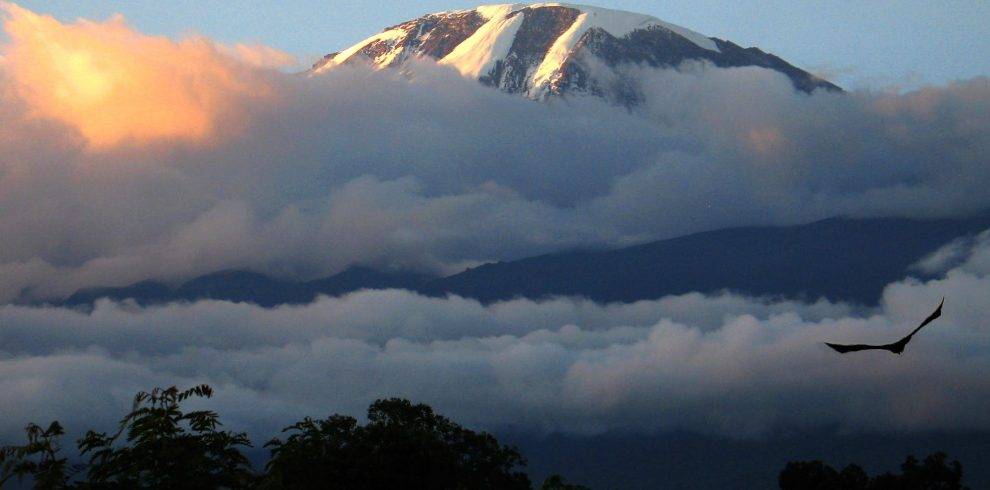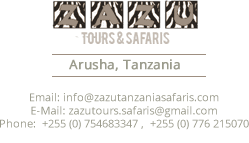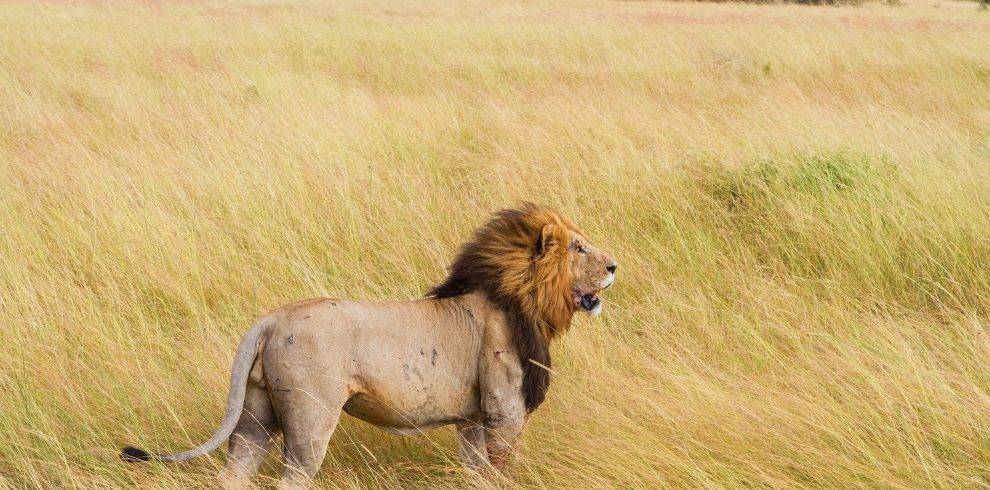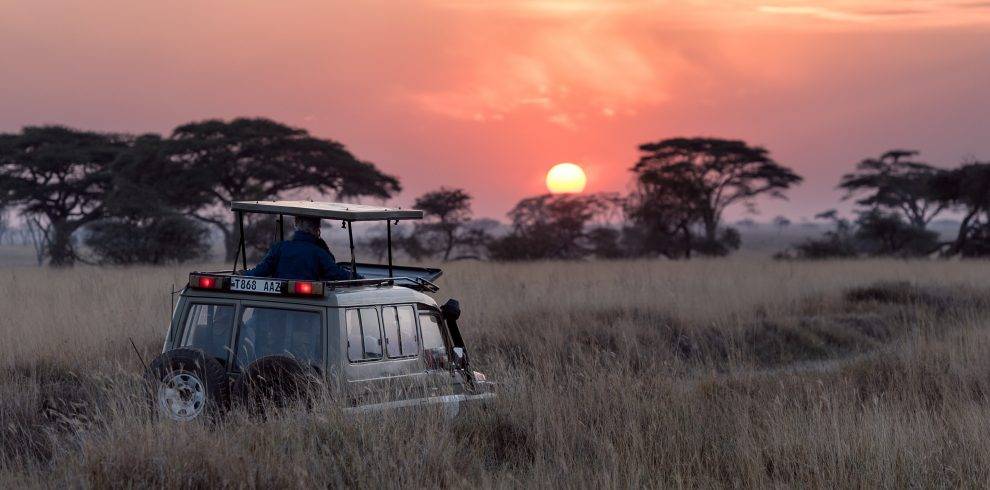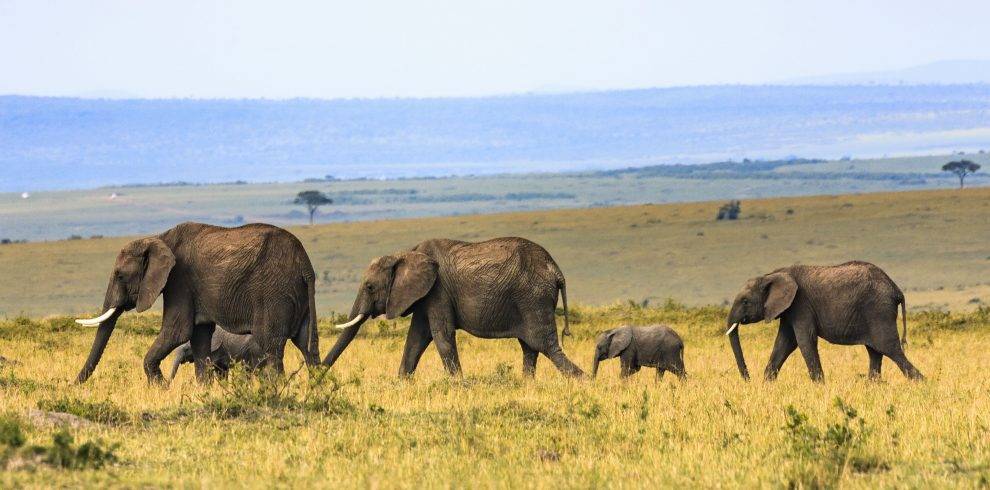8 Days Climb Kilimanjaro via Lemosho Route.
This is a complete climb Kilimanjaro adventure! via Lemosho route which is by far the most scenic trail on Kilimanjaro, granting panoramic views of various sides of the mountain. While most people climb Kilimanjaro via the most populated routes. We prefer the Lemosho route due to its ideal balance of low crowds, beautiful scenery, and a high summit success rate.
The route approaches Mount Kilimanjaro from the west, beginning with a long drive from Moshi to Londorossi Gate. From there, the first two days are spent trekking through the rain forest to Shira Ridge. The Lemosho route crosses the entire Shira Plateau from west to east in a pleasant, relatively flat hike. The first two days of the route have low traffic and are quite unspoiled, however; thereafter it joins with the Machame route to the summit, most people use these route to climb Kilimanjaro. Descent via the Mweka route.
Climb Kilimanjaro via Lemosho Route.
This is a complete climb Kilimanjaro adventure! via Lemosho route which is by far the most scenic trail on Kilimanjaro, granting panoramic views of various sides of the mountain. While most people climb Kilimanjaro via the most populated routes. We prefer the Lemosho route due to its ideal balance of low crowds, beautiful scenery, and a high summit success rate.
The route approaches Mount Kilimanjaro from the west, beginning with a long drive from Moshi to Londorossi Gate. From there, the first two days are spent trekking through the rain forest to Shira Ridge. The Lemosho route crosses the entire Shira Plateau from west to east in a pleasant, relatively flat hike. The first two days of the route have low traffic and are quite unspoiled, however; thereafter it joins with the Machame route to the summit, most people use these route to climb Kilimanjaro. Descent via the Mweka route.
Day by Day Itinerary
(Arrival day and last day from the mountain hotel inclusive)
Day 1: Londorossi Gate to Mti Mkubwa
Elevation: 7,742 ft to 9,498 ft
Distance: 6 km/4 miles
Hiking Time: 3-4 hours
Habitat: Rain Forest
Today will be the beginning of your climb Kilimanjaro adventure! Depart Arusha to Londorossi Gate, which takes about 4 hours, where we will complete entry formalities. Then drive to the Lemosho trailhead. Upon arrival at a trailhead, we begin hiking through the undisturbed forest which winds to the first campsite.
DAY 2: Mti Mkubwa to Shira 1 Camp
Elevation: 9,498 ft to 11,500 ft
Distance: 8 km/ 5miles
Hiking Time 5-6 hours
Habitat: Health
On your second day of the climb continue on the trail leading out of the rain forest and into a savannah of tall grasses, heather and volcanic rock draped with lichen beards. After ascending through the lush rolling hills and cross several streams, reach the Shira Ridge before dropping gently down to Shira 1 Camp. At this point catch the first glimpse of Kibo across the plateau.
DAY 3: Shira 1 Camp to Moir Hut
Elevation: 11,500 ft to 13,800 ft
Distance: 11 km/ 7 miles
Hiking Time: 5-7 hours
Habitat: Heath
Explore the Shira Plateau for a full day. It is a gentle walk east on moorland meadows towards Shira 2 Camp. Then divert from the main trail to Moir Hut, a little-used site on the base of Lent Hills. A variety of walks are available on Lent Hills making this an excellent acclimatization opportunity to ensure that your climb Kilimanjaro adventure is under control. Shira Plateau is one of the highest plateaus on earth.
DAY 4: Moir Hut to Lava Tower – Barranco Camp
Elevation: 13,800 ft to 15,190 ft
Distance: 7 km/4 miles
Hiking Time: 4-5 hours
Habitat: Alpine Desert
Lava Tower to Barranco Camp
Elevation: 15,190 ft to 13,044 ft
Distance: 3 km/2 miles
Hiking Time: 2-3 hours
Habitat: Alpine Desert
Begin the day hiking up a ridge and then head southeast towards the Lava Tower – a 300 ft tall volcanic rock formation. Descend down to Barranco Camp through the strange but beautiful Senecio Forest to an altitude of 13,000 ft. Although you begin and end the day at the same elevation, the time spent at higher altitude is very beneficial for acclimatization.
DAY 5: Barranco Camp to Karanga Camp
Elevation: 13,044 ft to 13,106 ft
Distance: 5 km/3 miles
Hiking Time: 4-5 hours
Habitat: Alpine Desert
Begin the day by descending into a ravine to the base of the Great Barranco Wall. Then we climb the non-technical but steep, nearly 900 ft cliff. From the top of the Barranco Wall, cross a series of hills and valleys until we descend sharply into Karanga Valley. One steeper climb up leads to Karanga Camp. This is a shorter day meant for acclimatization.
DAY 6: Karanga Camp to Barafu Camp
Elevation: 13,106 ft to 15,331 ft
Distance: 4 km/2 miles
Hiking Time: 4-5 hours
Habitat: Alpine Desert
Leave Karanga and hit the junction which connects with the Mweka Trail. Continue up to the rocky section to Barafu Hut. At this point, you have completed the Southern Circuit, which offers views of the summit from many different angles. Here we make camp, rest and enjoy an early dinner to prepare for the summit day. The two peaks of Mawenzi and Kibo are clearly seen from this point.
DAY 7: Barafu Camp to Uhuru Peak
Elevation: 15,331 ft to 19,341 ft
Distance: 5 km/3 miles
Hiking Time: 7-8 hours
Habitat: Arctic
Uhuru Peak to Mweka Camp
Elevation: 19,341 ft to 10,065 ft
Distance: 12 km/7 miles
Hiking Time: 4-6 hours
Habitat: Rain Forest
Wake up around midnight, set up to begin the final push to the summit. This is the most mentally and physically challenging portion of the climb. The wind and cold at this elevation and time of day can be extreme. Ascend in the darkness for several hours while taking frequent, but short, breaks. Near Stella Point (18,900 ft), you will be rewarded with the most magnificent sunrise you are ever likely to see coming over Mawenzi Peak. Finally, you arrive at Uhuru Peak- the highest point on Mount Kilimanjaro and the continent of Africa.
From the summit, start a long walk descending straight down to the Mweka Hut camp site, stopping at Barafu for lunch. The trail is very rocky and can be quite hard on the knees; trekking poles are helpful. Mweka Camp is situated in the upper forest and mist or rain can be expected in the late afternoon. Later in the evening, enjoy your last dinner on the mountain and a well-earned sleep.
DAY 8: Mweka Camp to Mweka Gate
Elevation: 10,065 ft to 5,380 ft
Distance: 10 km/6 miles
Hiking Time: 3-4 hours
Habitat: Rain Forest
On the last day of climb Kilimanjaro adventure, continue the descent to Mweka Gate and collect the summit certificates. At lower elevations, it can be wet and muddy. From the gate, continue another hour to Mweka Village. A vehicle will meet us at Mweka Village to drive us back to the hotel in Arusha.
Recommended Gear List for Climb Kilimanjaro Adventure.
Kilimanjaro Climber’s Packing List Notes
- The pack that the porters carry is limited to 15 kg (35 pounds)
- Overweight or extra luggage will require an extra porter
- Store electronics in sealed water-proof bags (double sealed if possible)
- Wrap clothing in plastic bags
- In the day pack, take along the water, sunglasses, camera, binoculars, rain pants, and jacket at a minimum.
Add any other items you might need during the day, since you may not see your porters until the end of the day. - Zazu Tours is interested in purchasing second-hand gear for rentals.
- You may want to bring some older items of warm clothing as gifts for your guides and porters.
Baggage
- Day pack, for you to carry
- Large duffel bag or backpack, for porters to carry
- Plastic bags
Clothing You want your inner layer to be wicking – no cotton
Your next layer should be insulating and warm, and your top layer should be waterproof but breathable.
You will need clothes for hiking during the day, lounging in the evening, and for sleeping.
Layers are important as temperatures vary greatly.
Kilimanjaro may be near the equator, but it gets cold up there!
- Shorts, for first and last day only
- Pants, for hiking and for lounging in the evenings
- Short-sleeved or t-shirts
- Long-sleeved shirts
- Long underwear
- Fleece jacket or wool sweater
- Fleece pants
- Down jacket or ski parka
- Rain jacket
- Rain pants
- Underwear
- Sports bras, for women
Cold Weather Accessories
- Mittens and/or gloves (waterproof, one thin pair, one thick pair that can be layered)
- Wool or pile hat
- Balaclava or neck gaiter
- Hand and foot warmers (chemical activated)
Footwear
- Be sure to break in your shoes before the hike!
- Trekking shoes for hiking during the day, preferably warm, waterproof, and with ankle-support – not too light and not too heavy
- Tennis shoes or sandals for lounging in the evening
- Gaiters
- Hiking socks for warmer conditions
- Wool socks for colder conditions
- Sock liners to wick away moisture
Sleeping
- You need a good sleeping bag (Rated -25 degrees C/-10 degrees F or colder is recommended)
- A sleeping pad and repair kit
- Tents are supplied by Zazu Tours at no charges
- The sleeping pads are provided by Zazu Tours at no charges (Thermosets is highly recommended, however)
Other
- Water bottles and Camelback (2-3)
- You can get 2-3 liters of bottled water before the trip (available at the Hotel).
Your guides will boil water for you along the route or use water sanitization methods. - To prevent water from freezing on summit day, keep your water source inside your jacket.
For Camelbacks, blow air back into the bladder after each sip and drink often. - Gatorade or other drink mix helps with taste and minerals.
- Water filter or iodine purification tablets
- Sun hat with a brim
- Sunglasses
- Bandana
- Ski or trekking poles
- Headlamp or flashlight
- Camera, film, tripod
- Video camera, tapes
- Batteries
- Bring extra sets for headlamp/flashlight and camera as cold weather shortens their life
- Binoculars
- Notebook, journal, and pen
- Pocket knife
- Electricity adaptor
- Energy bars, hard candy, snacks, and comfort foods
- Umbrella, particularly useful in the rainy season, can be purchased in the market for around $2
- Plastic bags and zip-lock bags for waterproofing
- Sewing kit
Toiletries
- Small towel
- Soap
- Toothbrush and toothpaste
- Hand-wipes
- Hand sanitizer
- Lotion
- Glasses, contacts, solution (take contacts out each night to prevent blurred vision)
First Aid
- Ibuprofen, Acetaminophen, or Aspirin
- Throat lozenges
- Band-Aids
- Moleskin
- Sunscreen (SPF 15+)
- Lip balm with sunscreen
- Insect repellent
- Disinfectant, Antiseptic cream
- Bandages and tape
- Diarrhea medicine
- Antihistamines
- Ace bandage
- Melatonin (1-3mg) or other sleep aid
- Malaria pills (talk to your doctor)
- Antibiotics (talk to your doctor)
- Prescription drugs (talk to your doctor)
- Diamox (talk to your doctor)

